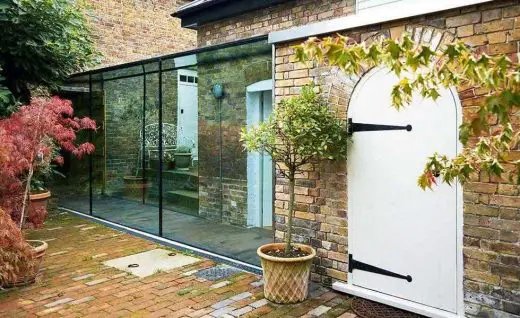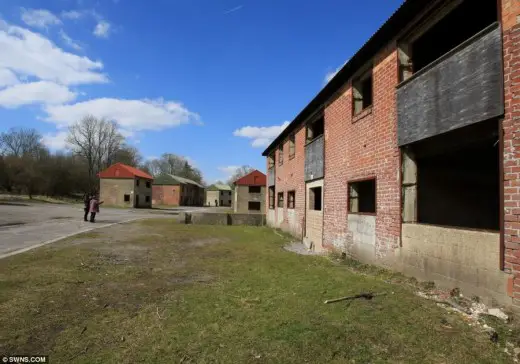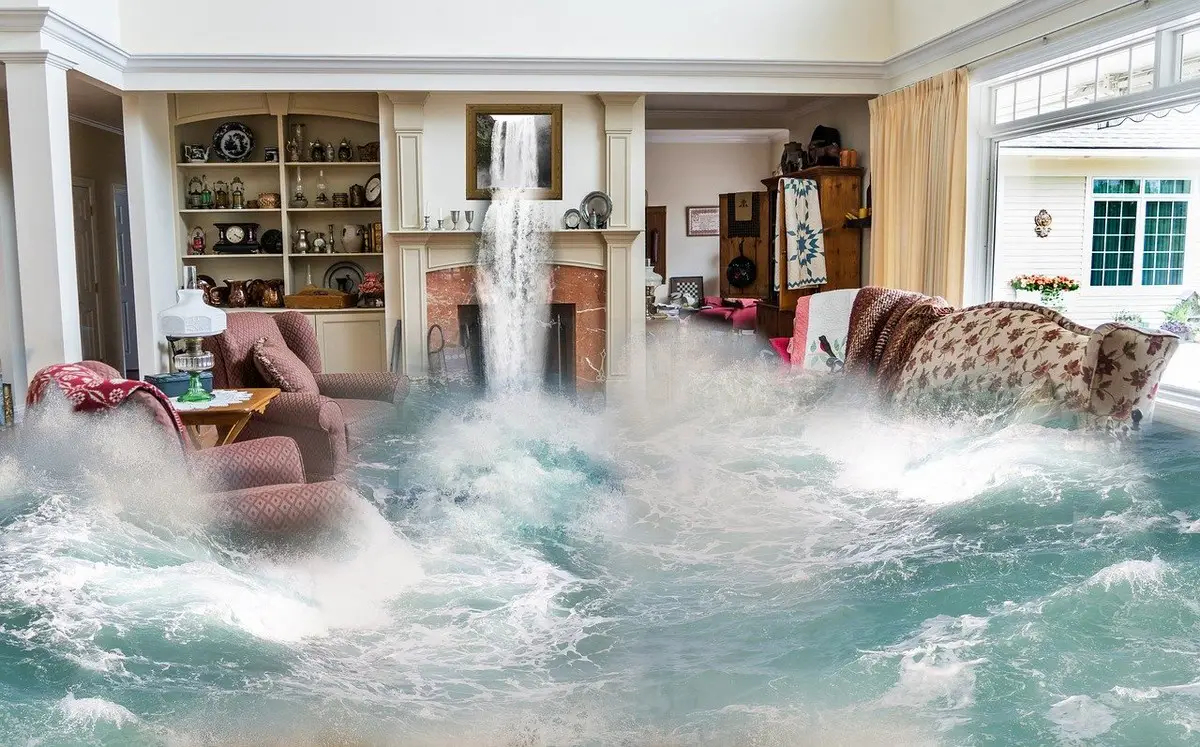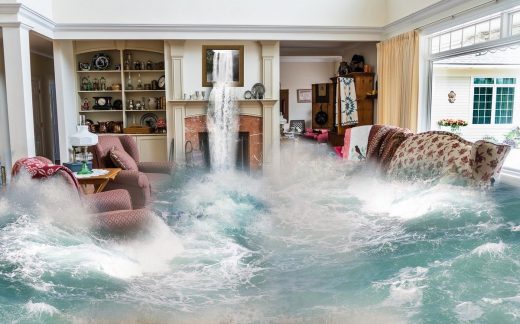House Floods, Property Leak Protection, Home Clean Up Tips, Insurance
What You Should Be Doing After Your House Floods
Building Flooding Protection – Property Cleanup Article
21 Jul 2018
What To Do After Your House Floods
What Should You Do After Your House Floods
There are certain times of the year when your home is more prone to flooding. It can be a simple leak that sprays water throughout the basement or a massive rainstorm that brought on records amount of water. No matter the cause of a flood, you want to quickly move into action to avoid any additional risks to you and your home.
When water seeps into the house and is not pumped out right away, the more it stands, the more it is damaging your home. Water can find its way into the tiniest of cracks and holes in the walls and foundation, which compromise the integrity of the structure. That is when things become dangerous for you and anyone living in the house.
Depending where you live, you might find differences in how your home is getting water damage. Water damage in Denver might be wildly different from water damage in Miami. The thing that brings both of them together is now you need some service to help with that water damage.
If you are dealing with a flood, there are things you should be doing as soon as it is safe. Otherwise, if the flood is quite extensive, your best bet is to call a flood cleanup company.
Document for Insurer
Before you touch anything or attempt to pump out the water, document the scene. Take pictures and notes of where the water is, how much you can see and what is all damaged. Your documents will help you get the best coverage possible. However, if you begin moving things before documenting the flood, you could end up hurting the extent of your insurance coverage.
Contact Your Insurance Company
You’ll want to get on the phone with your insurance company as soon as possible. They will need to know the extent of the flood and potential damage done, as well as if you are cleared to start the repairs or should wait for an inspector to come.
Insurance covers not all water damage. Groundwater floods typically are not covered by a standard home insurance policy. You will have to work with your insurance company to figure out the cause of the flood and what type of coverage you will receive. Be sure to document this conversation as well.
Protect Yourself
It is hard to tell the condition of the water just by looking at it. Even if the water seems clear, you cannot guarantee sewage or chemicals haven’t contaminated it. So, you’ll want to protect yourself before doing anything in the water.
Wearing waterproof attire like waders or waist-high waterproof boots will stop any water from seeping into your clothes. An LA water damage restoration company we interviewed mentioned you should also wear rubber gloves if you are handling anything in the water. If the flood went into an area where there you store food, your best bet is to throw it all away.

image courtesy of article provider
Start Removing the Water
If your insurance company gives you the clear, you’ll want to begin removing the water as soon as possible. The longer water stands in an area, the higher the chance the spot will develop mold. Since mold can start growing between 24 and 48 hours of a flood, anything that has been sitting in water for at least that long should be tossed away.
You’ll want to invest in a sump pump to start removing the water. You’ll be able to keep this running as you help out in other ways. Wet vacs are also a good investment for flood removal. Be careful if you are lifting buckets of water as it can become very heavy quite quickly.
Comments on this What You Should Be Doing After Your House Floods advice article are welcome.
House Water Floods
Property Water Flood Damage
Preparing your home for floods
Flood Resilient Architecture for the 21st Century
Tips to protect your business from flood damage
Building Articles
British Housing Crisis

photograph © swns.com
Housing Crisis
New UK Housing: British Housebuilding
London Architecture Links – chronological list
Mood Ring House, Fayetteville, Arkansas, USA
Architects: SILO AR+D

photo : Timothy Hursley
New Fayetteville House
Related Home Designs
Renewable House made of hemp : BRE Innovation Park
Comments / photos for the What You Should Be Doing After Your House Floods page welcome
Website: BRE






